The Museo Nacional Del Prado in Spain is one of the most renowned art museums in the world. It houses an extensive collection of European masterpieces.
The Museo Nacional Del Prado, located in Madrid, Spain, boasts an impressive collection of European art dating from the 12th to the early 20th century. Established in 1819, the museum features works by renowned artists such as Velázquez, Goya, and Bosch.

Visitors can explore paintings, sculptures, and decorative arts, making it a cultural hub for art enthusiasts. The Prado’s rich history and vast collections make it a must-visit destination for anyone interested in classical art. Its strategic location in Madrid makes it easily accessible for tourists. The museum continually updates its exhibitions, ensuring visitors’ fresh and engaging experience.
History Of The Prado
The Museo Nacional del Prado in Spain is one of the world’s top art museums. It holds a rich collection of European art from the 12th to the 20th century. The museum is not just about art; it has a fascinating history. The History of Prado Museum Spain is filled with exciting events and transformations.
Origins And Establishment
The Museo Nacional del Prado in Spain was initially designed as a natural history museum. King Charles III wanted it for that purpose. The building was designed by architect Juan de Villanueva in 1785. Its construction was halted due to the Peninsular War. Ferdinand VII repurposed it as the Royal Museum of Paintings and Sculptures. The museum finally opened to the public in 1819.
Some key points about its origins are:
- 1785: The design of the building was started by Juan de Villanueva.
- Peninsular War: Construction was interrupted.
- 1819: Reopened as the Royal Museum of Paintings and Sculptures.
Its collection started with the Spanish Royal Collection, which included works by famous artists like Velázquez and Goya. Over time, the collection expanded; today, it includes works by other European masters. The Famous paintings at Prado are a big draw for visitors worldwide.
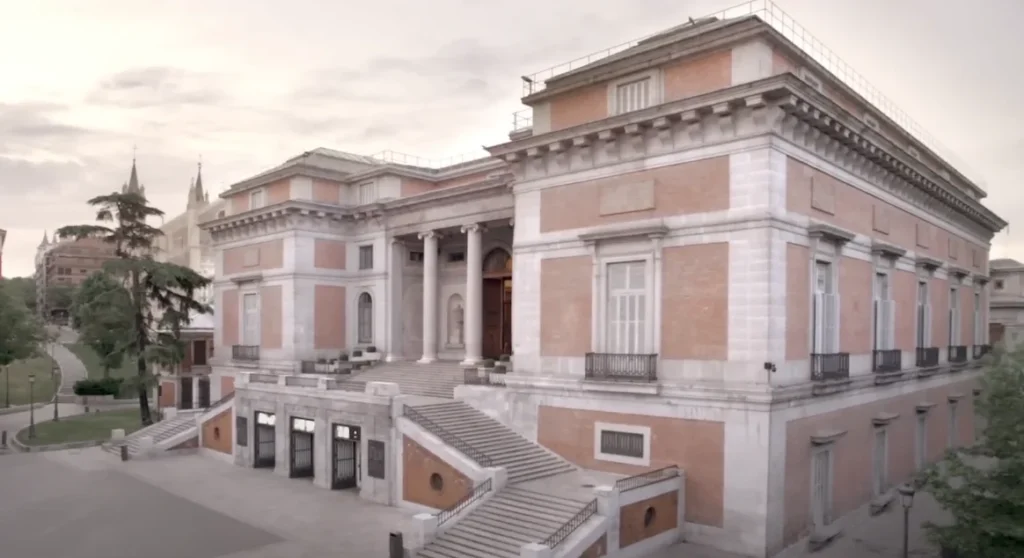
Major Renovations
The Prado has undergone several major renovations, which have helped preserve its art and history. The first significant renovation took place in the late 19th century. Architect Fernando Arbós y Tremanti led this project, adding new wings and improving the building’s structure.
Another major renovation occurred in the early 2000s. Architect Rafael Moneo designed a new extension, which added more than 16,000 square meters to the museum and included new galleries, a library, and an auditorium.
Year
Renovation
Late 19th century New wings and structural improvements
In the early 2000s, 16,000 square meters extension with new galleries
Thanks to these renovations, the History of Prado Museum Spain continues to evolve. Visitors can now enjoy a richer and more comfortable experience. The Museo Nacional del Prado in Spain remains a must-visit for art lovers worldwide.
Art Collections
Museo Nacional del Prado in Spain is one of the world’s most famous art museums. The museum is home to a vast collection of European art, including works from the 12th to the early 20th century. The art collections at the Prado Museum are enormous and varied. This guide will help you explore some of the top exhibits in the Prado Museum.
Spanish Masters
The Prado Museum showcases many works by Spanish masters who have shaped the country’s cultural heritage. Diego Velázquez is one of the most famous names in Spanish art. His painting “Las Meninas” is a must-see. It offers a glimpse into the Spanish royal family.
El Greco is another crucial artist in the museum. His works are known for their dramatic and emotional style. Francisco Goya is also featured prominently. His art captures the political and social turmoil of his time. Some of Goya’s famous works include “The Third of May 1808” and “Saturn Devouring His Son.”
- Las Meninas by Velázquez
- The Burial of the Count of Orgaz by El Greco
- The Third of May 1808 by Goya
These masterpieces highlight the rich artistic tradition of Spain. They are essential for any Prado Museum visitor guide.
European Influences
The Prado Museum also features European influences in its collections. Italian Renaissance art is well represented. Works by Titian and Raphael are prominent. Titian’s “Venus and Adonis” is a notable piece. Flemish artists like Peter Paul Rubens also have a significant presence. His work, “The Three Graces,” is a popular exhibit.
Dutch Golden Age artists contribute to the museum’s diversity. Rembrandt and Johannes Vermeer are among the key figures, and Rembrandt’s “Judith at the Banquet of Holofernes” stands out. French artists like Nicolas Poussin add to the richness. His painting “The Death of Germanicus” is highly regarded.
Italian Artists
Flemish Artists
Dutch Artists
French Artists
Titian Peter Paul Rubens Rembrandt Nicolas Poussin
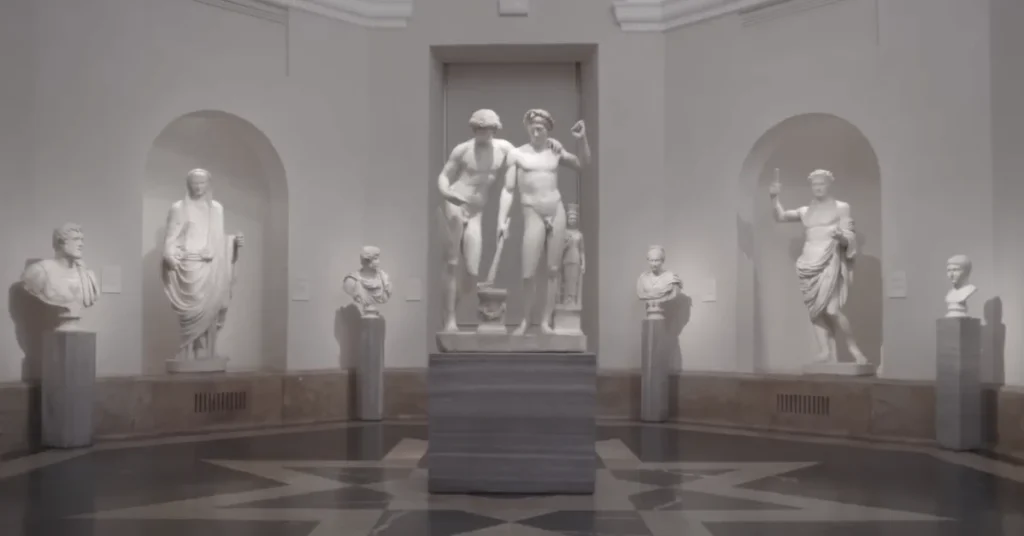
Raphael Anthony van Dyck Johannes Vermeer Claude Lorrain
The European influences in the Prado Museum provide a comprehensive view of art history. These collections are a treasure trove for art lovers.
Architectural Design
The Museo Nacional del Prado in Spain is one of the most famous museums in the world. It is known for its stunning architectural design, which attracts millions of visitors annually. The Prado Museum’s architecture blends neoclassical style with modern features. Its design reflects the rich history and culture of Spain. The museum’s opening hours make it accessible to visitors from all over the world.
Table of Contents
Neoclassical Style
The Neoclassical style of the Prado Museum is genuinely remarkable. This style emerged in the 18th century. It was inspired by the classical architecture of ancient Greece and Rome. The Museo Nacional del Prado in Spain showcases this style beautifully.
Here are some critical elements of the neoclassical design:
- Symmetrical shapes and balanced proportions
- Large columns and grand entrances
- Use of marble and other high-quality materials
- Simple and elegant decorations
The museum’s facade is adorned with impressive columns, similar to those found in ancient temples. The grand entrance of the Prado Museum is a perfect example of neoclassical architecture. Inside, the high ceilings and spacious rooms create a sense of grandeur.
The Prado Museum’s architectural details reflect the elegance and simplicity of the neoclassical style, making it a timeless piece of art.
Key Features
The Museo Nacional del Prado in Spain has several key features that make it unique. These features enhance the visitor experience and highlight the museum’s architectural beauty.
Some of the key features include:
Feature
Description
Central Rotunda: A large, circular room that serves as the heart of the museum
Expansive Galleries Spacious rooms that house the museum’s extensive art collection
Natural Lighting Large windows and skylights that illuminate the artworks
Modern Additions Recent extensions that blend seamlessly with the original design
These features make the Prado Museum a must-visit destination. The central Rotunda is a stunning architectural element. It provides a grand entrance to the museum’s galleries. The expansive galleries offer ample space for the museum’s vast collection. Natural lighting enhances the viewing experience.
The Prado Museum’s architectural details also include modern additions. These new sections blend seamlessly with the original neoclassical design, ensuring the museum remains a contemporary cultural hub.
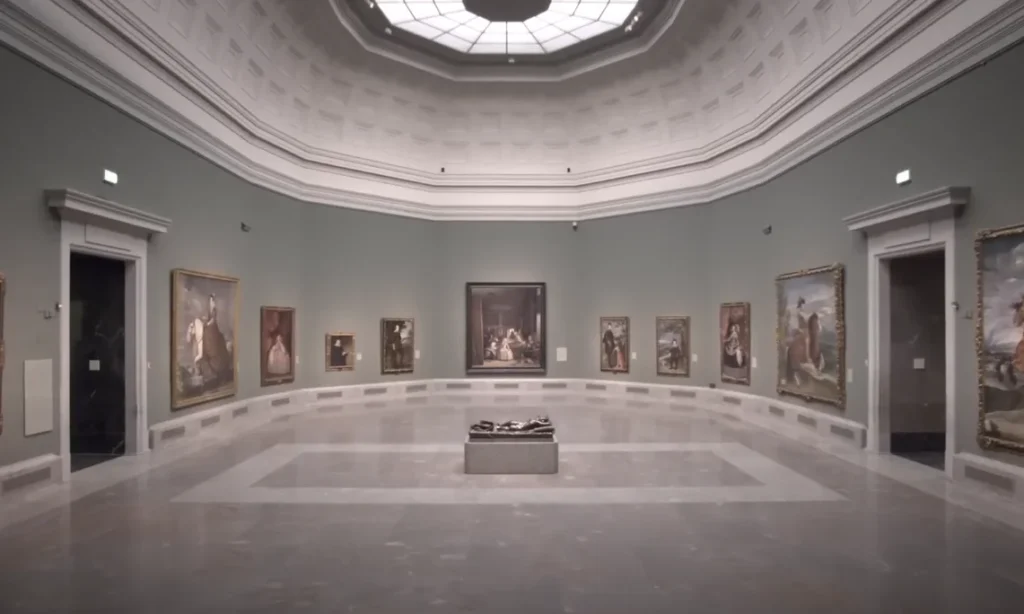
Visitor Experience
The Museo Nacional del Prado in Spain is one of the world’s finest art museums. People from around the globe visit to see its amazing art collections. The visitor experience is truly unforgettable. From stunning exhibitions to top-notch facilities, everyone finds something to love.
Exhibitions And Tours
The art collections at Prado Museum are vast and impressive. Visitors can explore works from famous artists like Goya, Velázquez, and El Greco. Each piece tells a unique story. You can take Museo del Prado guided tours to learn more. Expert guides share interesting facts and stories. Here are some highlights:
- Las Meninas by Diego Velázquez
- The Garden of Earthly Delights by Hieronymus Bosch
- Saturn Devouring His Son by Francisco Goya
Guided tours last about an hour and are available in multiple languages. Self-guided tours are also an option. Audio guides provide detailed information about each artwork. Special exhibitions are held throughout the year, featuring art from different periods and styles. Each visit feels new and exciting.
Facilities And Amenities
The Museo Nacional del Prado in Spain ensures a comfortable visit. Many facilities enhance your experience. The museum has a spacious café where you can relax and enjoy a variety of snacks and beverages. The gift shop offers unique souvenirs, art prints, books, and more.
Accessibility is a top priority. Elevators and ramps allow for easy movement, and wheelchairs are available for those who need them. The restrooms are clean and well-maintained. Lockers are provided for storing belongings safely. The museum offers free Wi-Fi to stay connected and share your experience online.
Facility
Description
Café Relax and enjoy snacks and drinks
Gift Shop: Buy unique souvenirs and art prints
Accessibility: Elevators, ramps, and wheelchairs are available
Restrooms Clean and well-maintained
Lockers Store your belongings safely
Complimentary Wi-Fi: Stay connected and share your visit
All these amenities make your visit pleasant and stress-free. The Museo Nacional del Prado in Spain truly offers a world-class experience.
Cultural Impact
The Museo Nacional del Prado in Spain is one of the most famous museums in the world. Located in Madrid, it holds a vast collection of European art, showcasing works from the 12th to the early 20th century. The Prado’s cultural impact is immense. It influences artists and art lovers around the globe, and people from many countries visit to see its treasures. The Prado’s influence on art and global recognition is significant.
Influence On Art
The Museo Nacional del Prado in Spain has a profound influence on art. It houses masterpieces by artists like Goya, Velázquez, and El Greco, which inspire many modern artists. Students and scholars study these works in detail. The museum’s collection offers a deep dive into European art history.
Art schools often organize Museo Nacional del Prado tours in Spain. These tours help students see the works up close and learn techniques and styles from the masters. The museum also hosts temporary exhibitions highlighting different art movements and artists, keeping its influence fresh and relevant.
The Prado also supports contemporary artists. It offers programs and workshops. These events connect the past with the present. Artists today can learn and grow from these experiences.
- Home to works by Goya, Velázquez, El Greco
- Inspires modern artists and students
- Hosts temporary exhibitions
- Supports contemporary artists through programs
Global Recognition
The Museo Nacional del Prado in Spain is globally recognized as one of the top art museums in the world. Many Museo Nacional del Prado in Spain praise its collection. Visitors from all over the globe come to see its treasures. The museum’s reputation draws millions each year. It is a must-see for art lovers visiting Madrid.
International collaborations boost the museum’s fame. It loans artworks to other top museums. These partnerships spread their influence far and wide. The Prado also participates in global art conferences. This helps it stay connected with the international art community.
Online resources make the museum accessible to everyone. Virtual tours and digital archives allow people to explore from home. The museum’s website offers detailed information about its collection. This makes it easier for researchers and art enthusiasts to study its works.
Aspect
Details
Visitors Millions annually
International Collaborations Loans artworks to top museums
Online Resources Virtual tours, digital archives
Frequently Asked Questions
What Is Museo Nacional Del Prado?
Museo Nacional Del Prado is Madrid’s main national art museum. It houses renowned European art collections.
Where Is Museo Nacional Del Prado Located?
Museo Nacional Del Prado is located in Madrid, Spain. Its central location makes it easily accessible for visitors.
What Can You See At Museo Nacional Del Prado?
Visitors can view masterpieces by artists like Velázquez, Goya, and Bosch. The museum features European paintings, sculptures, and decorative arts.
How Much Is The Entrance Fee?
The entrance fee varies. General admission is around 15 euros. Discounts and free entry options are available on certain days.
When Was Museo Nacional Del Prado Established?
Museo Nacional Del Prado was established in 1819 and has since become one of the most important art museums worldwide.
Conclusion
The Museo Nacional Del Prado in Spain offers an unforgettable journey through art history. Its rich collection and stunning exhibits make it a must-visit. Plan your trip to experience the beauty and culture firsthand. Don’t miss out on this exceptional museum, a true treasure in the heart of Spain.


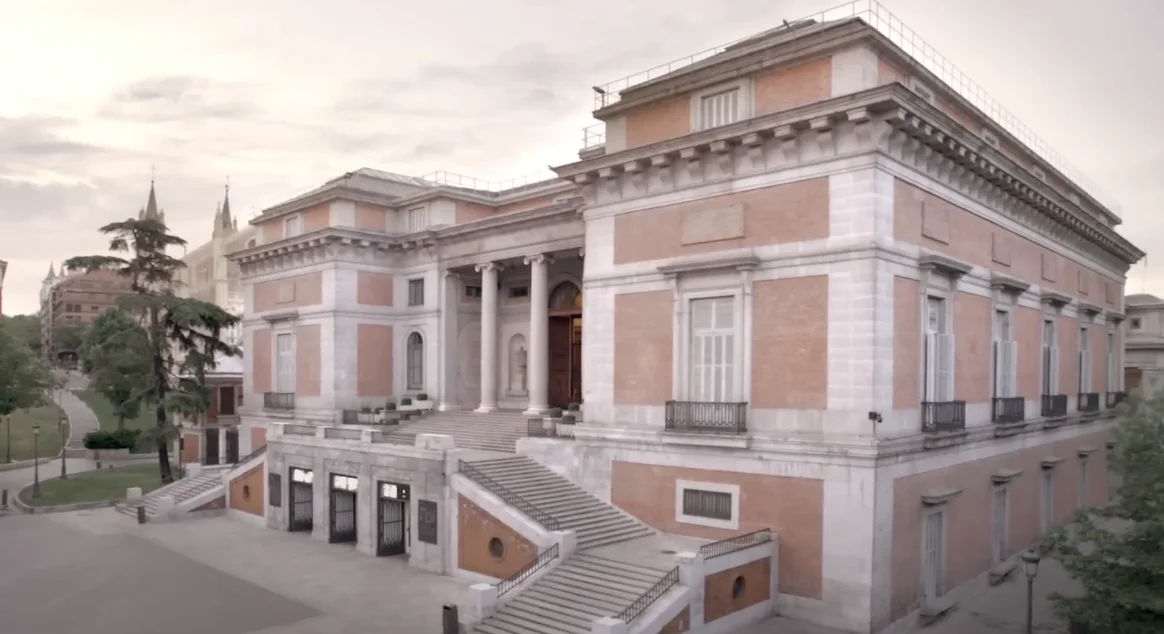

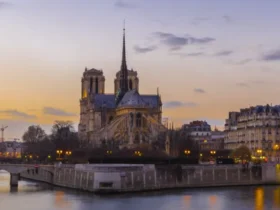

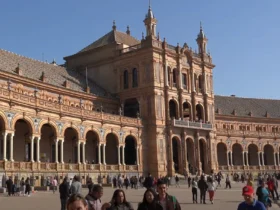
Leave a Review